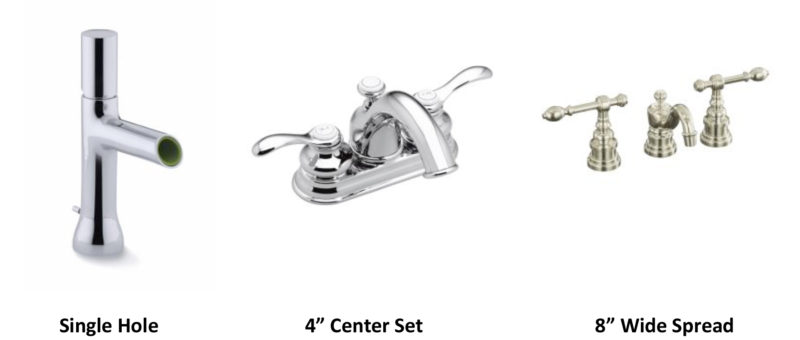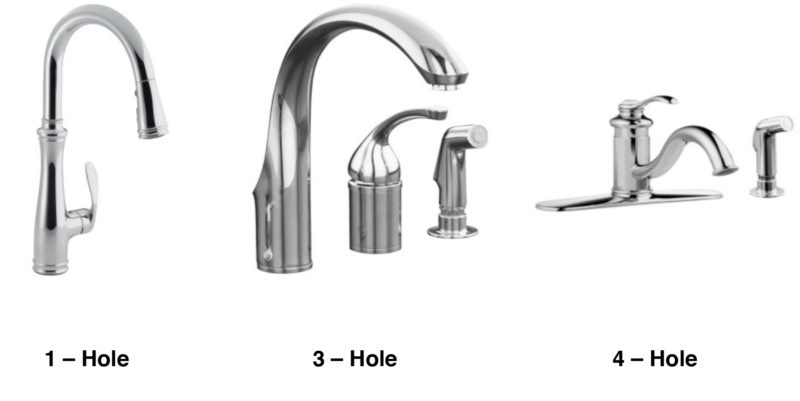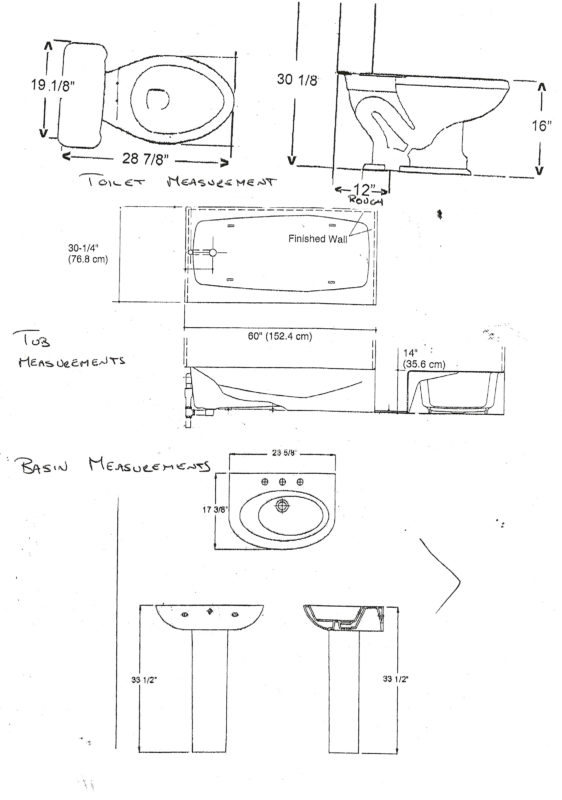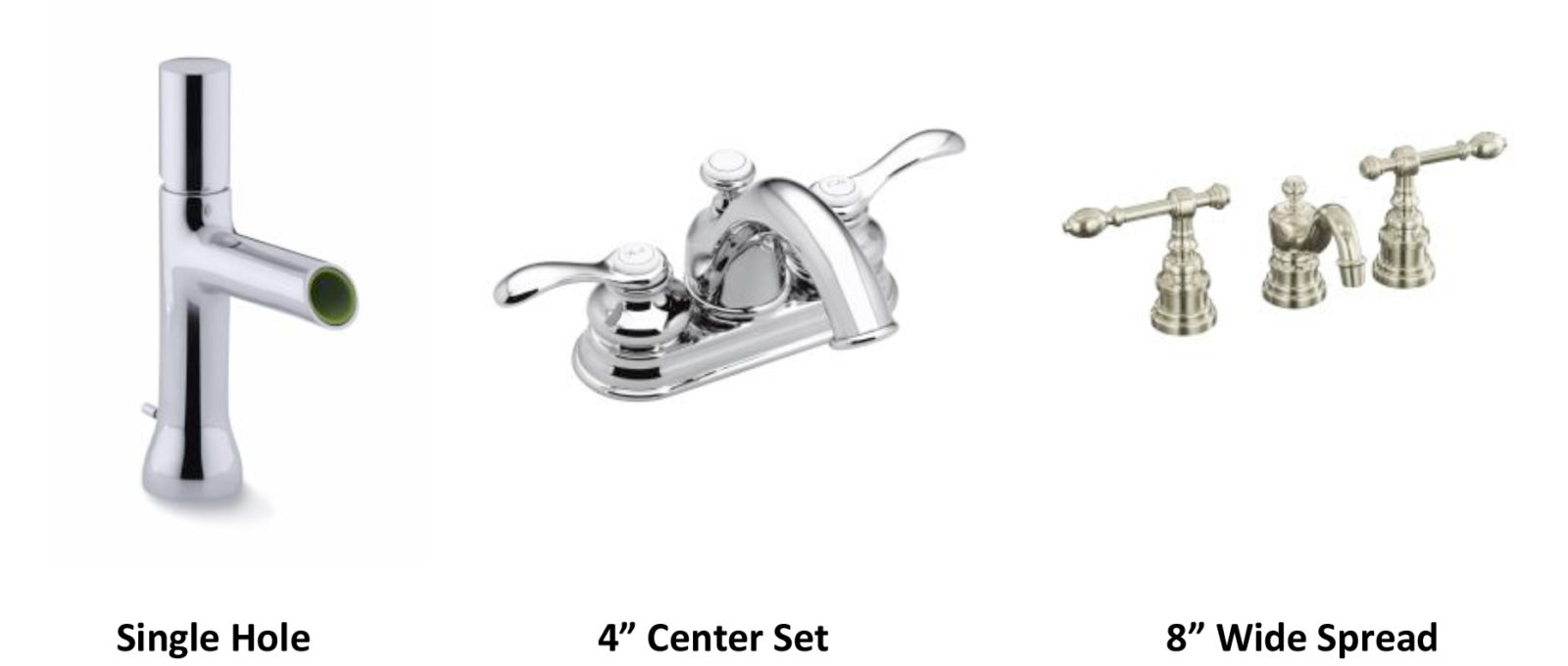Quick&Tips
Kitchen and baths are among the most functional rooms in the home. That being said,
They have also become some the most striking and beautiful spaces. Below are some tips to
make your visit to our showroom productive and effortless, so that you can focus on the room’s look and feel, while our knowledgeable staff handles the function.
Feel free to bring pictures, magazine clippings, samples, or anything that inspires how
you want the room to feel, so we can help you realize your dream space.
Architectural plans or dimensions are extremely useful; room length, width, height, and
location of doors, windows, closets and radiators help in placement of fixtures.
Location and size of existing fixtures are important when doing direct replacements.
When “gutting” the room down to the studs, limitations should be noted. Factors such
as the way a door swings, or the ability for the drains for toilets, sinks, and tubs to be
repositioned, all help in deciding the location of new fixtures.
When purchasing a new faucet for an existing lavatory or sink, it is important to note
the configuration. Most faucets for baths are single hole, 4″ center set, or 8″ on centers.
To determine the centers on a faucet, measure from the center of the hot handle to the
center of the cold. EightKinch center faucets will typically work on spreads of six to
sixteen inches. Kitchen faucets are decided by the number of holes in the sink, 1, 2, 3,
etc. If you have a plate attached to the bottom of the kitchen faucet that is usually
covering three holes.


The cabinet below the sink determines the sizes of kitchen sinks. When using existing
cabinetry, it is important to note the inside dimension of the cabinet below the sink.
This will help us determine what size sink will fit in the cabinet. When new cabinetry is
being used, asked your kitchen designer what size the sink base will be, this also holds
true for secondary, prep, and bar sinks.
Direct replacement of toilets has a different type of measurement. As well as knowing
the length, width, and height of the toilet, the most important measurement is the
“rough.” The “rough” is the measurement from the back wall to the center of the drain,
which is usually the same as the center of the bolt caps that hide the screws.
The following page contains examples of how fixtures are measured. Thank you for taking the
time to read this, and we look forward to making your renovation go smoothly and look
spectacular.



